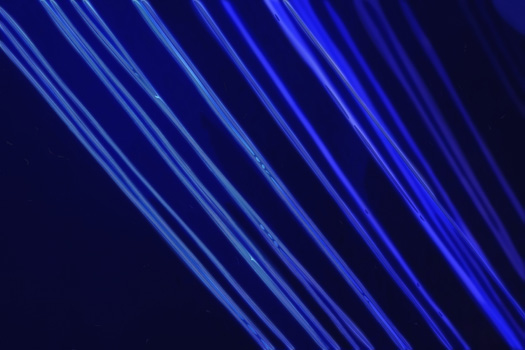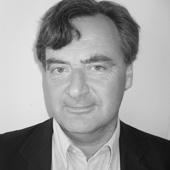
For the poorest families, jaundice can be a terrifying complaint. Every year the disease afflicts 23 million newborn babies, 90 per cent of them in the developing world. Without prompt medical attention it may cause brain damage or death. Yet the most effective treatment — simply shining high-intensity light on a baby’s skin — is rarely available outside Western hospitals: small wonder when the latest phototherapy devices designed in the developing world sell for $3,000 or more.
That’s where D-Rev:Design Revolution can help. In a rare alliance with the private sector, the Palo Alto–based nonprofit aims to market its own cheaper version of the equipment. Like the more expensive machines, Blue Star will emit “blue light” to break down concentration of bilirubin, the chemical that causes the disease, so that it’s easier to excrete through the kidneys and the liver. But the $300 bill won’t stretch healthcare budgets even in the developing world. One model intended specifically for use in rural clinics could sell for just $100.
For achieving such a hefty saving, D-Rev can thank the expertise of researchers and technologists at Stanford University who worked on the project. In practice, that meant finding new, low-cost alternatives to standard components. Blue Star, for example, makes use of cheaper LEDs without any effect on performance. Says Krista Donaldson, CEO of D-Rev: “When we tested Blue Star in May, it exceeded all the Western standards and also the state-of-the-art devices.”
Plans for Blue Star’s future are ambitious. Clinical trials are due to start in the fall, and within the next three years, D-Rev intends to roll out the technology across India. In time, it hopes that Blue Star will be available not just in India’s city hospitals, where existing phototherapy equipment often falls below international standards, but also in remote rural clinics.
If the goal is ambitious, the donor community has no need to worry about the cost. D-Rev won’t be tapping private donors or foundations for help. Instead, it’s negotiating licensing deals with companies in India and elsewhere that will be familiar with local distribution networks and the different needs of local hospitals. Indeed, Donaldson hopes that D-Rev’s entire operations — other projects include prosthetic knee joints for amputees and cheap microscopes for detecting TB and malaria — will be funded from licensing revenues.
It’s a strategy that neatly demonstrate D-Rev’s distinctive market-led philosophy. Donaldson says she drew important lesson from her own experience working in East Africa. “Too often you had western designers, or even local designers from a different socio-economic group who had perceptions what a product should be that wasn’t really user-driven.” By contrast, the market offers a sure guide to demand. Assuming prices are realistic, users will buy only products that meet a real need. (Checking local conditions is vital too: Blue Star will operate for six to eight hours off a car battery, a vital asset in developing countries where power supplies can be erratic.)
So far, it’s an approach that has attracted few imitators among fellow nonprofits. Says Donaldson: “At the moment, we represent the far end of the market-driven model.” But the approach has the powerful charm of simplicity. “Fundamentally, it’s about designing what people want at a price that they can afford.”


Comments [3]
06.27.10
10:29
First, in many of the places where affordable phototherapy is needed, there is no more than 12 hours of sunlight. For severely jaundiced babies, they need 2 or more days of mostly uninterrupted treatment. Second, direct sunlight also has UV which causes sunburn - so exposure lasting more than 10 minutes is not recommended.
Finally, we've been working with colleagues at several universities looking at filtered sunlight as phototherapy. Our experience is that it has potential, but the main issue is that is best when ambient temperature is close to a child's body temperature, otherwise thermal regulation is difficult.
Keep the comments coming! Thanks!
07.20.10
03:41
2. Is it possible to collaborate with you to test the device in a research project on Neonatal Jaundice in Ghana? ( I am a medical doctor working in a rural area in the middle belt of Ghana)
06.14.11
04:17